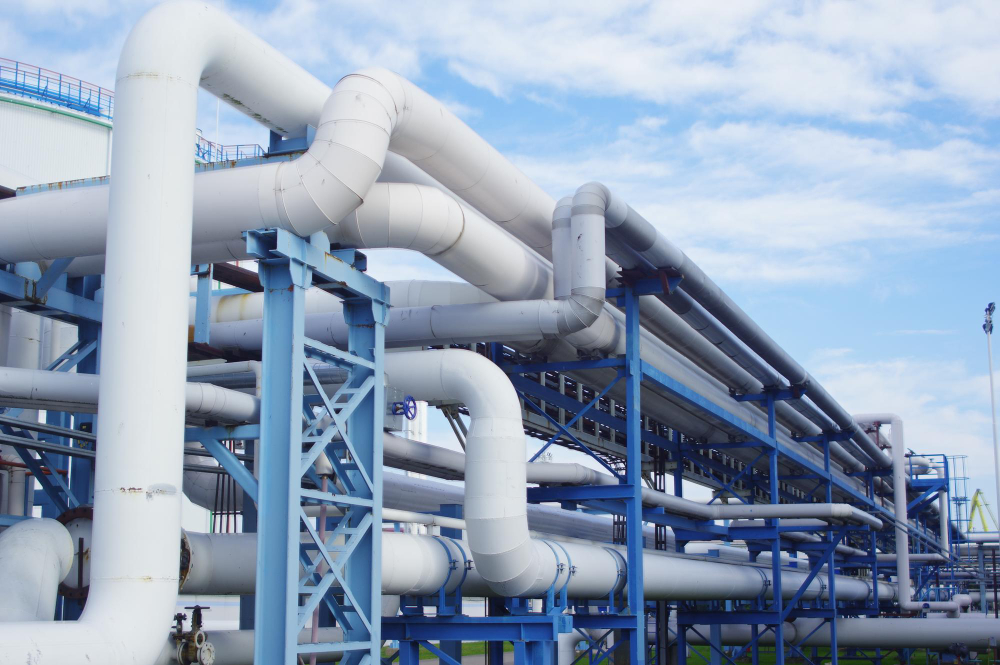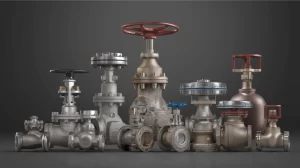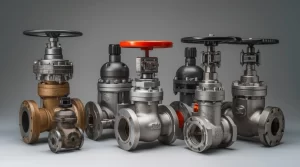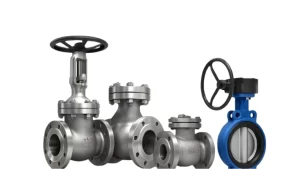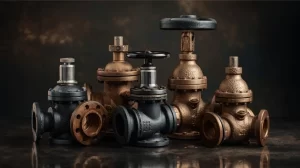Ever wondered about the nuances involved in producing industrial valves? In terms of safety and system longevity, valves are the unsung heroes of the plumbing system. Creating valves that function flawlessly requires consideration of all factors, not just the expensive calibration equipment or the materials.
Therefore, let’s examine the actual manufacturing process of valves before getting into the specifics of how they function. This page serves as a comprehensive reference to the whole industrial valve manufacturing process. Prepare yourself for an exploration of the valve manufacturing process and all of its aspects.
Order and Design
You must first choose what kind of valve you need, whether it be one that is currently in the company’s inventory or one that must be special ordered for you. In the event that the work is bespoke, the firm creates a design and presents it to you. The sales representative accepts your order when you provide the go-ahead. Oh, and to start things off, you often need to pay a certain deposit.
Inventory
It’s time for the production team to start working once you’ve placed your order and organized the design. They begin searching for the raw materials required for the valve’s body, bonnet, spool and stem. In the event that they run out of material, they continue to get what they want from their suppliers.
Completing the Checklist
The production crew double-checks everything to make sure everything is present and accounted for now that all the supplies have arrived. They also approve the final design draft at this point. The quality assurance crew looks over the materials with a fine-tooth comb at the same time. They want to guarantee that these raw resources are of the highest quality.
Production Process
We have now mostly covered the process involved in manufacturing industrial valves. Every major component has its day in the limelight, generally in accordance with a checklist that specifies the materials for each component.
It’s now time for the team captain to present the strategy. They provide a chronology, indicating the start and end dates of the production process. They often doodle out a thorough schedule for how things will go.
Assembly
The assembly step involves the techs joining all the valve components. Typically, they handle this by hand. At this point, they assign a manufacturing number to each valve and mark it with the relevant guidelines, such as DIN or API.
Pressure Test
The pressure test phase involves putting the valves through a genuine test to look for leakage. Depending on the size of the valve, they may sometimes seal it and fill it with air for a few hours, up to a whole day, at a pressure of 6 to 8 bar.
The valve advances during this period if there isn’t a leak. However, if a leak appears, the valve has to be fixed.
In other situations, leaks are located using water pressure. It’s a pass if the valve stays leak-free when they raise the water volume. It indicates that the valve can withstand the increasing pressure. In the event of a little leak, however, the valve returns to the storehouse. On this set of valves, the techs do further pressure testing and leak checks.
Inspection and Quality Control
The Quality Assurance (QA) team has now taken over. They examine the valves closely, looking for leaks or other production-related issues.

